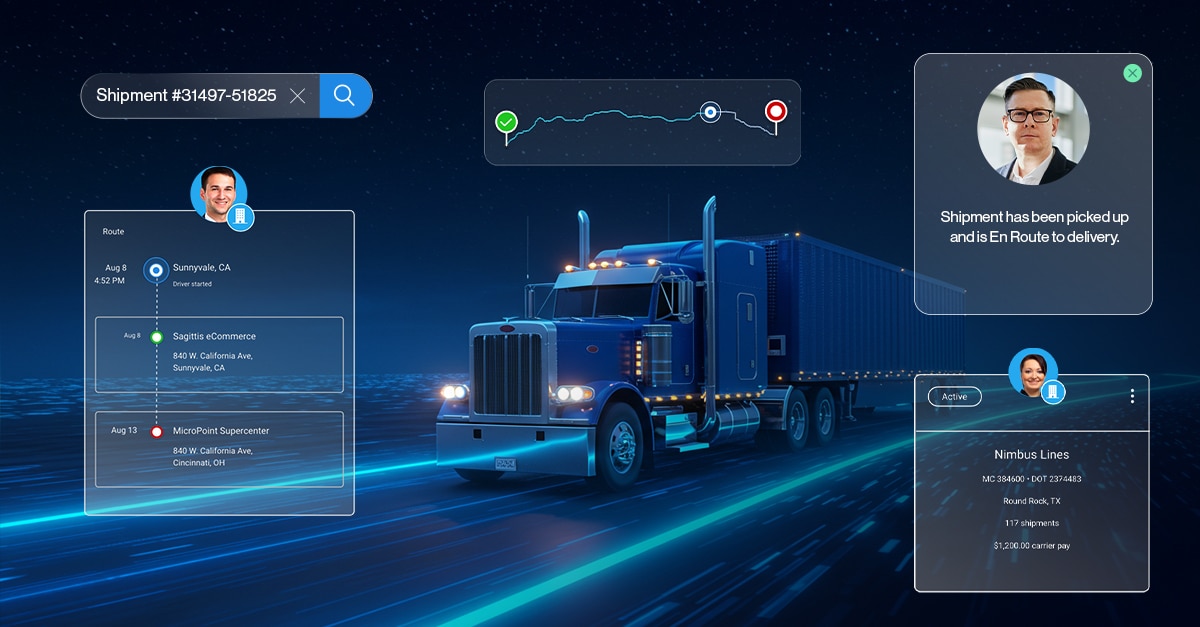Some might think trucking capacity in North America is based on not enough trucks in the market. Although that is true, to a certain degree, there are a few other factors that go into capacity.
In Q1 of 2022, there was a year-over-year capacity tighten until the last few weeks of Q1; now, capacity is loosening just a bit. However, it’s vital to look at a few factors that contribute to trucking capacity tightening to understand capacity data.
Capacity was tighter than 2021 to the tune of $0.18/mile higher y/y as of this week but compared to previous years, capacity loosened much more slowly. In contrast to normal freight volumes, 2022 capacity started out very tight but has eased rapidly in the first two weeks of March.
What are the contributing factors that go into capacity and markets tightening one week over the next?
Geographical
Storms and floods that consume trucks for aid disrupt the market in various ways, for weeks and sometimes even months. Looking at the impact of the 2021 polar vortex that hit Texas; it changed trucking capacity for almost six months before things got back to normal. A lot of capacity was directed to help support communities that needed aid.
In Q1 2022, extreme weather challenges like major road arteries washing out, freezing temps that crippled cities, and forest fires stopped truck movements in their tracks.
Equipment Manufacturing Challenges
Over the last two years of Covid-19 disrupting lives and the economy, the manufacturing side of trucking capacity has taken a hit. Materials, semiconductor chips, and even rubber have been hard hit and difficult to come by. The sourcing of these materials has become more expensive and created longer wait times for new equipment, making trailer costs higher, from $30,000 to $50-70,000 for the same trailer specs. More than the cost increases, the equipment delays are another contributing factor to tension on trucking capacity in Q1 of 2022.
Trucking Capacity & Customer Routes
Trucking capacity is always based on who is sending freight to what market and what seasonality increases are hitting. With global supply chain issues extending into every market, manufacturers have had to source their raw materials from different locations and countries.
These logistics shifts have created gaps in customer routes that were previously established.
This is one of the most significant contributors to the lack of trucking capacity in specific geographical markets, creating higher rates from week to week and even day to day in some cases. Customers scramble to get a product from one supplier one week and another the next, causing instability in regular freight volumes.
Driver Delays
One of the most significant issues with trucking capacity in Q1 of 2022 is driver delay. Drivers spend an additional 2-3 hours on docks in the last half of 2021, into 2022. This increase in delays has had a significant impact on trucking capacity in North America. If trucks spend 8-10 hours more each week on docks, they lose a full day of productivity, severely hurting operation ratios and distorting capacity in every market.
Trucking capacity isn’t a one-dimensional answer; there’s no single solution that will help eliminate it. Striving to meet customers’ needs clearly and effectively, ensuring you and your partners stay ahead of the change curves.
Lastly, becoming driver-centric in operating is the key to helping navigate these turbulent times.
Taking multiple views into account is like connecting all the dots using real-world data with Turvo’s tech stack. Now more using multiple systems and relying on the old “copy and paste” mode to share data and analytics with clients. Turvo’s integrations help you stay organized and lets you focus on what’s important to your customers’ unique needs.








